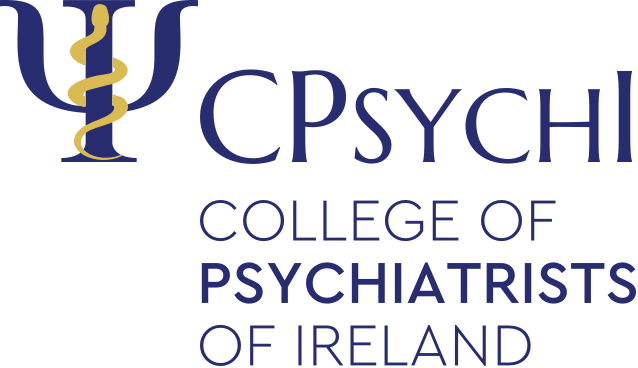OCD is an anxiety disorder that can have a big impact on the lives of those who suffer from it.
There are people with certain personality traits that that may like to do things in a certain way, or keep things very clean and orderly. These people may described as “obsessive”, however, this is not the same as having OCD.
People with OCD suffer with obsessions and compulsions, which are explained below:
Obsessions
- These are intrusive, repeated thoughts, images or urges which are unwanted and are very difficult to shake off or resist.
- Examples of obsessive thoughts could be a doubt that you have locked your front door, a worry that you will cause an accident, or a fear that you have been contaminated by germs.
- Another example of an obsession could be a violent or sexual image which enters your head without warning.
- Obsessions are not pleasurable and usually leave the person feeling worried, uncomfortable or frightened.
- These often do not make any sense to the person experiencing them.
Compulsions
- People with OCD may repeat certain actions or rituals with the goal of reducing the worry.
- An example of a compulsion could be frequent hand-washing, counting, repeating a phrase in their head or checking appliances again and again to make sure they are switched off.
- This could also include asking people for reassurance that everything is alright.
- Compulsions often take up a lot of time for people which can impact on their usual daily activities e.g. school, work or socialising. This can lead to a vicious cycle of feeling worried and finding it hard to stop your compulsions.
